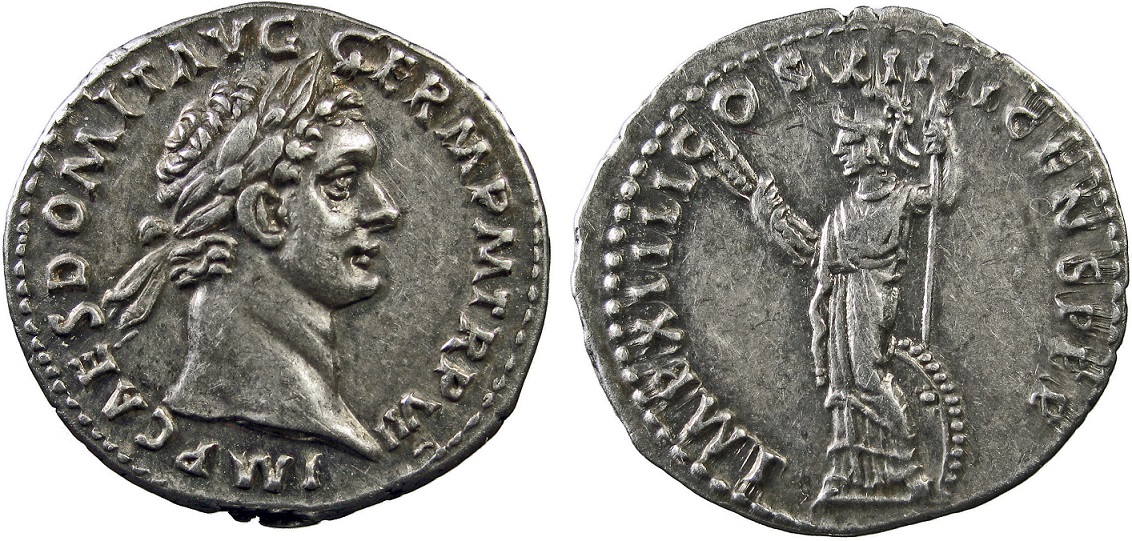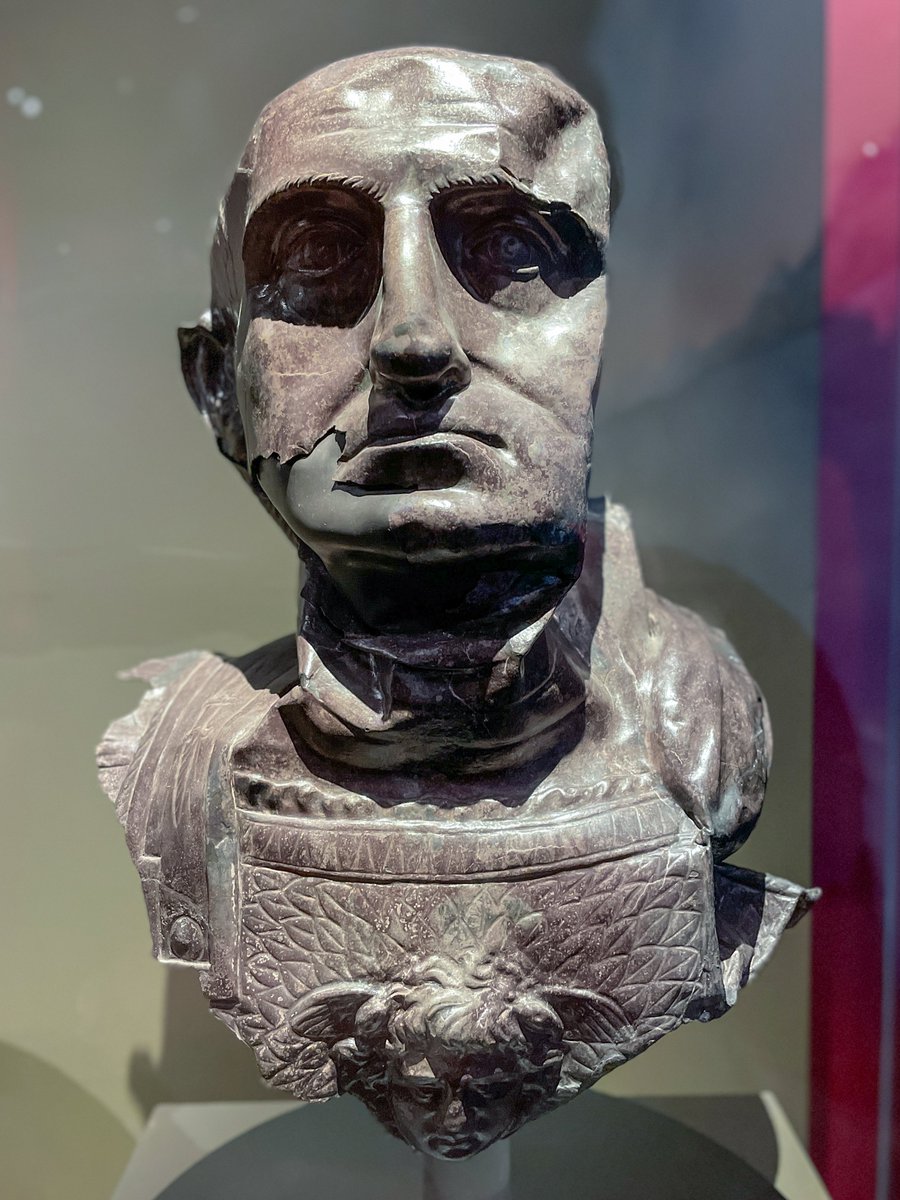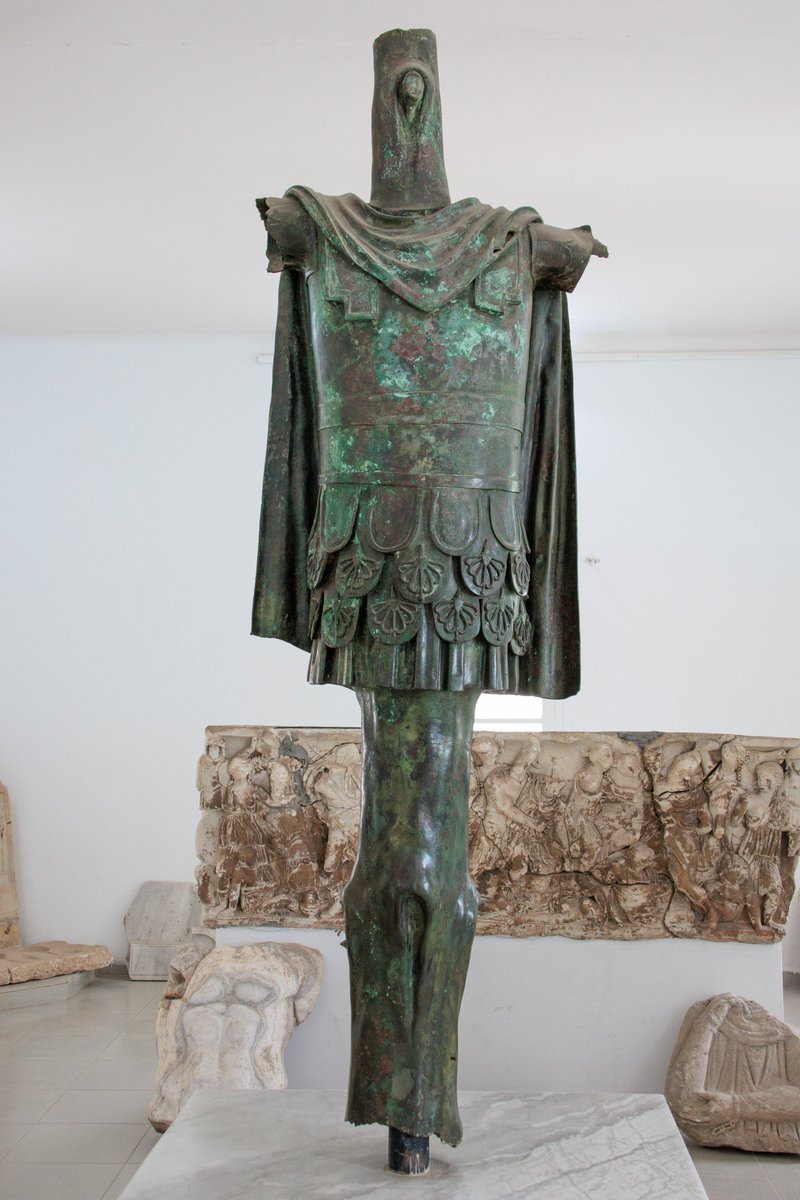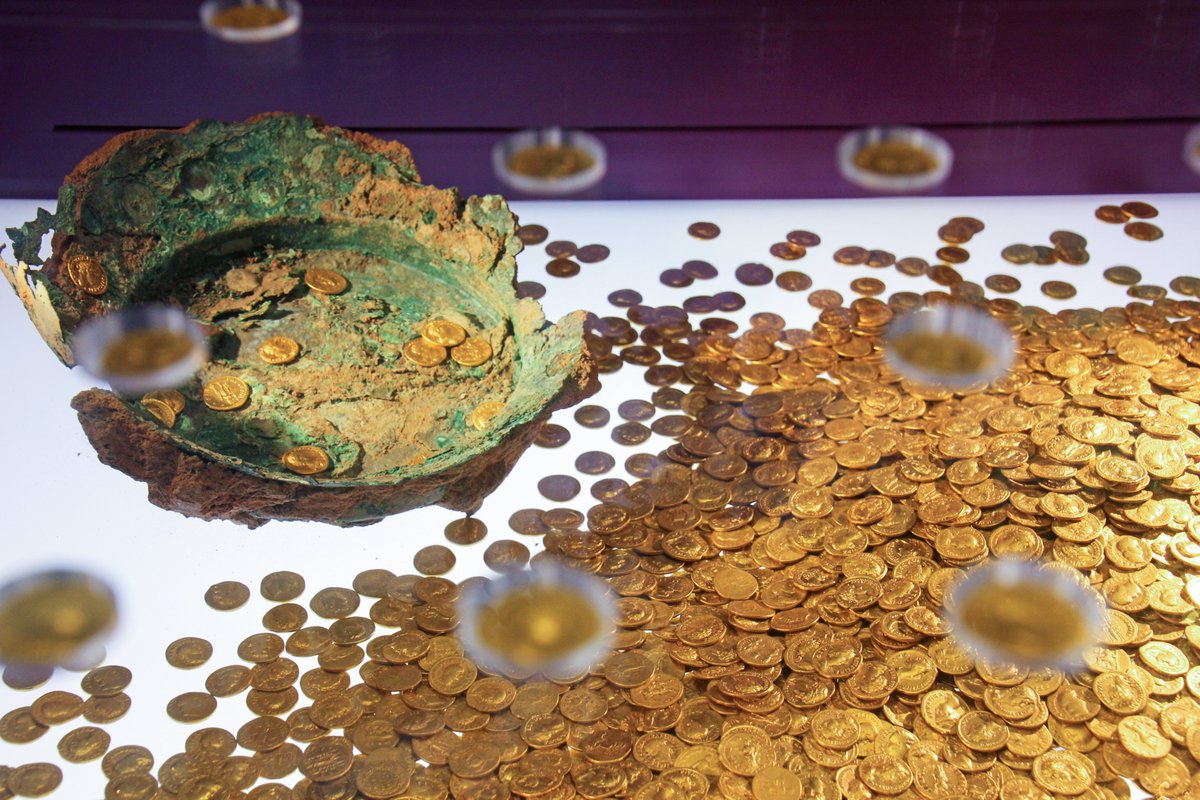Currently re-photographing my Roman coins for new website coming soon. Below are some before-and-after shots to give an idea of the extra detail and colour. Believe it or not they are the same coins! #numismatics #StayTuned 



Really happy with the results so far and the coins should now have images that really do them justice. Stay tuned for updates on the new website of my collection. 👍 #roman #numismatics
• • •
Missing some Tweet in this thread? You can try to
force a refresh






























